Your garden plan might be doomed—and it’s all about where you live. East Coast and West Coast gardens aren’t just separated by miles; they’re worlds apart in sunlight, soil, and weather drama. What thrives in one spot could throw a tantrum in the other. Imagine planting your dream garden only to watch it wilt or flop because you ignored the coast you’re on. Don’t let geography sabotage your green thumb! From fierce coastal winds to sneaky soil quirks, these 15 reasons will shake up how you think about planting. Get ready to rethink, regroup, and grow a garden that actually loves your coast’s quirks—because a perfect plan in the wrong place is just a pretty disaster waiting to happen.
Climate Variability

Climate plays a pivotal role in gardening success. On the East Coast, humidity and unpredictable weather patterns can challenge even seasoned gardeners. Often, unexpected rainfall or sudden cold snaps disrupt the growing season.
Conversely, the West Coast enjoys a more stable climate but contends with drought conditions. Water restrictions may impact watering schedules, requiring drought-resistant plant selections.
Understanding these climatic differences is vital. Choosing plants that thrive in your specific regional conditions increases the likelihood of a bountiful harvest. Always check the hardiness zone for best results.
Soil Differences
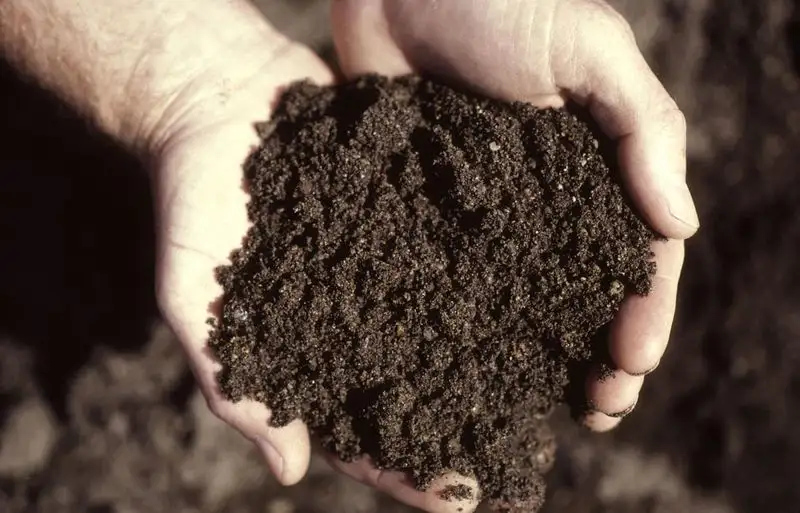
Soil composition varies drastically between coasts. The East Coast is blessed with nutrient-rich, loamy soil that supports diverse plant life. However, it can become waterlogged during rainy periods, affecting root health.
On the West Coast, sandy and clay soils predominate. These drain quickly but often lack essential nutrients. Amending the soil with organic matter becomes critical for plant success.
Gardeners must adapt their soil management techniques accordingly. Testing soil pH and nutrient levels can inform necessary amendments and improve plant vitality.
Frost Dates

Frost dates dictate planting schedules. On the East Coast, early frosts can catch gardeners unprepared, damaging tender plants. Knowing the last frost date is crucial for timing spring planting.
Meanwhile, the West Coast enjoys milder winters, allowing for extended growing seasons. However, occasional frosts still occur, especially inland, requiring vigilance.
Tracking local frost dates helps in planning planting and harvesting times. This ensures plants aren’t exposed to damaging cold, maximizing growth opportunities.
Rainfall Variability

Rainfall can make or break a garden. The East Coast benefits from consistent rainfall, but heavy downpours can lead to soil erosion and plant root rot. Proper drainage systems can mitigate these issues.
Conversely, the West Coast experiences less rainfall, with some areas facing severe drought conditions. Efficient irrigation systems become essential, and selecting drought-tolerant plants is often necessary.
Understanding your region’s rainfall patterns helps to choose appropriate plants and water management techniques, ensuring a resilient garden.
Wind Effects
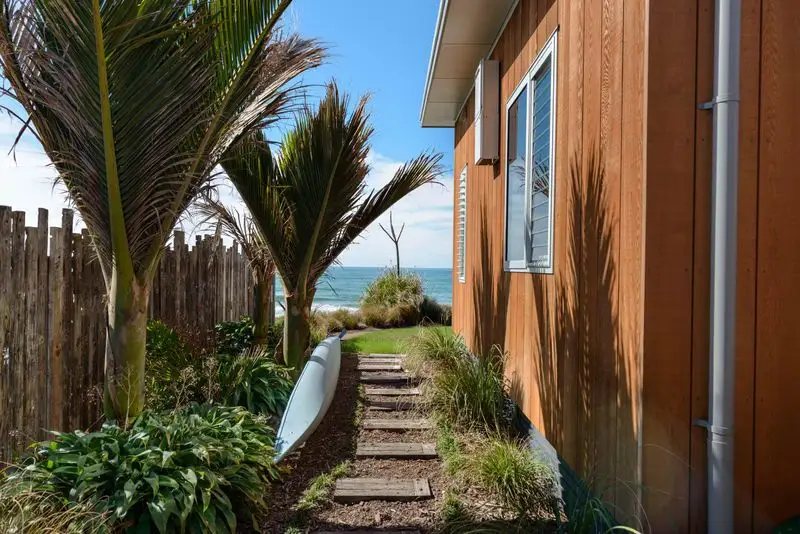
Wind is an invisible yet powerful force in coastal gardening. East Coast gardens may face sudden gusts from Atlantic storms, requiring sturdy plant supports to prevent damage.
The West Coast, with its Pacific breezes, often experiences slower wind speeds but can suffer from drying effects, requiring regular irrigation. Coastal gardens may benefit from windbreaks like hedges or fences to protect delicate plants.
Recognizing wind patterns and using protective measures can safeguard your garden from unseen harm and support plant health.
Temperature Extremes
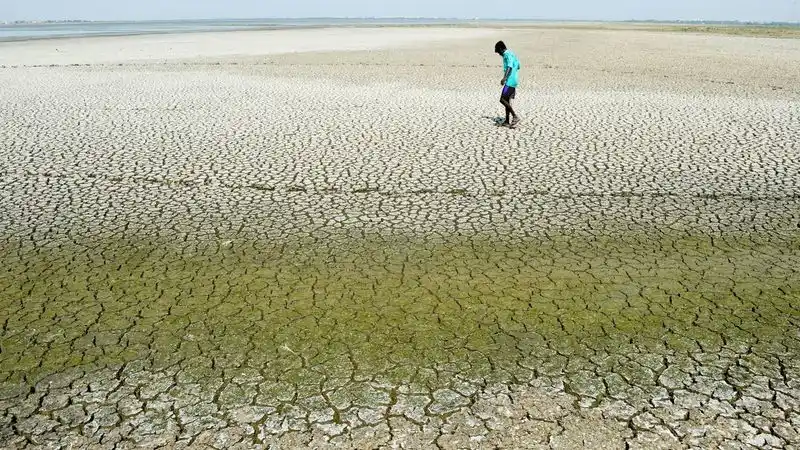
Temperature swings challenge gardeners on both coasts. The East Coast can experience sweltering summers and frigid winters, necessitating versatile plant choices that withstand extremes.
In contrast, the West Coast enjoys temperate climates, but inland areas can still face heatwaves. Providing shade and regular watering is crucial during these periods.
Choosing plants that tolerate a range of temperatures and employing protective measures like mulching can help maintain a healthy garden year-round.
Pest Control
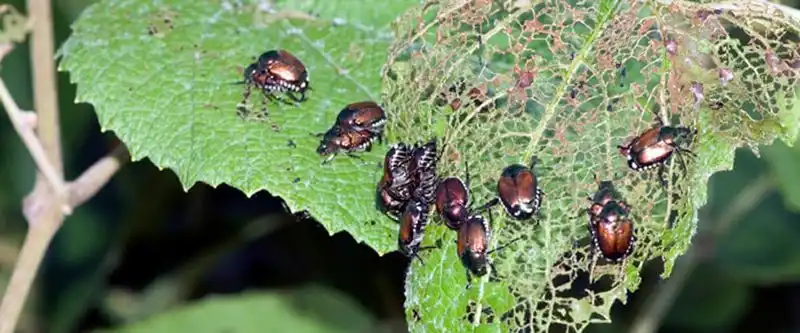
Pests can wreak havoc on gardens, requiring effective management strategies. The East Coast’s humid climate fosters a variety of pests, necessitating vigilant monitoring and control. Beneficial insects like ladybugs can help manage populations.
The West Coast’s dry climate limits some pests but introduces others, such as mites. Organic pest control methods like neem oil or manual removal are often effective.
Understanding local pest dynamics and employing integrated pest management techniques ensures your garden remains vibrant and productive.
Sunlight Exposure

Sunlight is a critical resource for plant growth. The East Coast’s dense foliage can create shaded areas, requiring shade-tolerant plants or strategic pruning to increase light penetration.
In contrast, the West Coast’s abundance of sunshine supports full-sun plants but may require shading during intense midday heat. Understanding your garden’s light patterns ensures optimal plant placement.
Mapping sunlight exposure and choosing plants accordingly can enhance growth and prevent sunburn or shading issues.
Native Plant Varieties
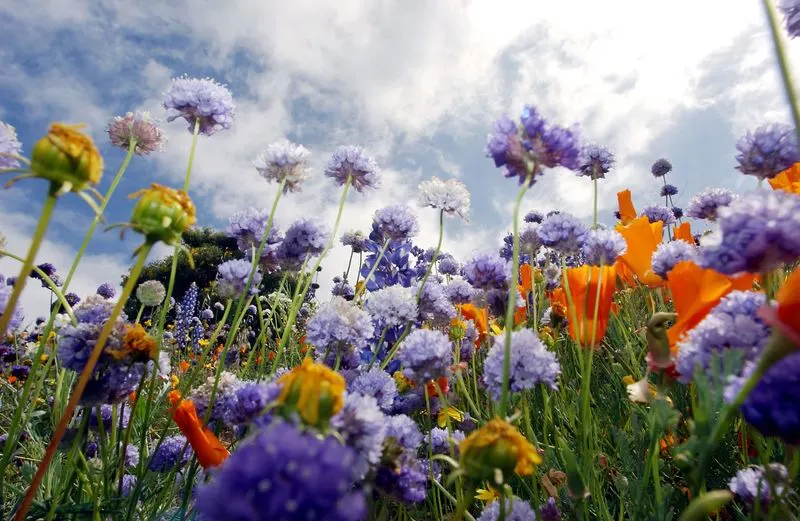
Embracing native plants supports local ecosystems and reduces maintenance. The East Coast boasts diverse native flora like ferns and azaleas, thriving in its humid climate. These plants typically require less water and fertilization.
The West Coast’s natives, such as California poppies and succulents, are drought-resistant and adapted to sandy soils. Incorporating native plants into your garden design enhances resilience and attracts beneficial wildlife.
Researching native varieties specific to your region can streamline gardening efforts and promote sustainability.
Watering Techniques
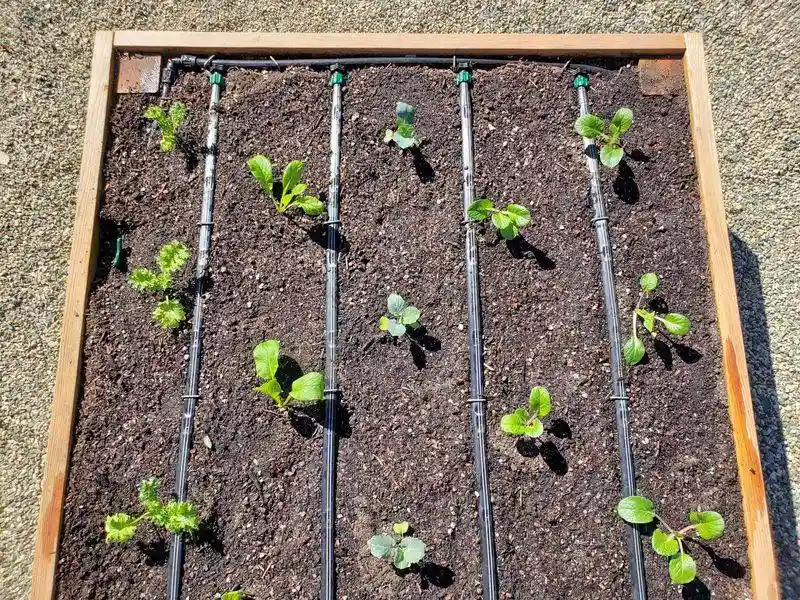
Watering methods cater to regional needs. East Coast gardens may rely on sprinkler systems, benefiting from abundant rainfall but requiring careful scheduling to avoid overwatering.
On the West Coast, drought conditions make drip irrigation a popular choice, minimizing water waste and targeting plant roots directly. Implementing water-saving techniques like mulching can further conserve resources.
Choosing the right watering method and scheduling it according to local climate conditions helps maintain plant health and conserve water.
Seasonal Planting

Seasonal planting schedules vary significantly. The East Coast’s distinct seasons dictate specific planting windows, with spring and fall being ideal for most crops. Summer heat can limit planting choices.
The West Coast offers more flexibility, with milder winters allowing for year-round planting. Cool-season crops thrive in winter, expanding gardening opportunities.
By aligning planting schedules with regional climates, gardeners can optimize growth and extend harvest periods, tailoring their gardens to nature’s rhythms.
Plant Hardiness Zones
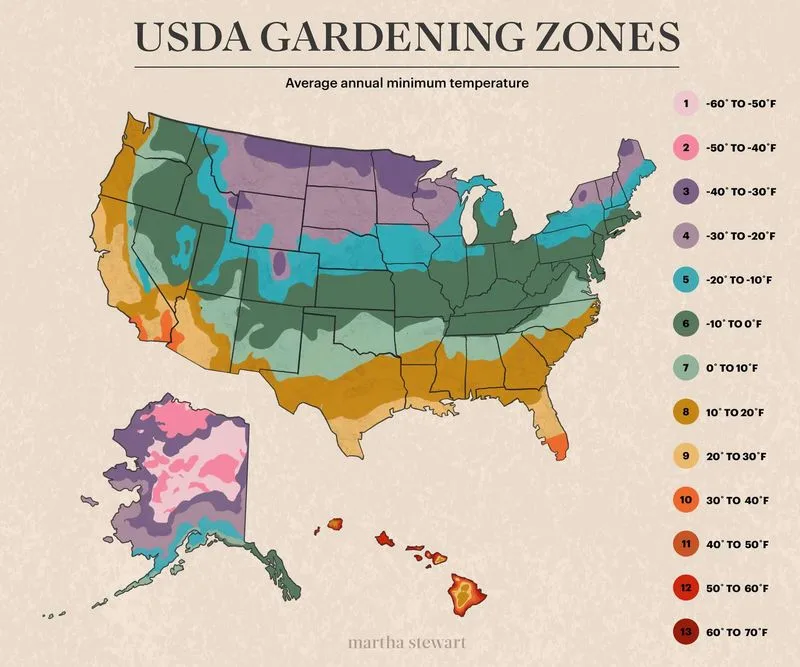
Plant hardiness zones guide plant selection, reflecting regional climate conditions. The East Coast spans multiple zones, requiring careful selection to ensure plants survive winter cold and summer heat.
The West Coast, with its milder climate, supports a broader range of zones, accommodating diverse flora. Understanding your zone helps in choosing suitable plants for your garden.
Consulting the USDA zone map before planting ensures your garden thrives, adapting to the environmental conditions specific to your location.
Garden Design Styles

Garden design reflects regional aesthetics and practicalities. East Coast gardens often feature traditional cottage designs, with lush, colorful blooms and ornate pathways.
The West Coast embraces minimalist designs like xeriscaping, focusing on drought-resistant plants and sustainable practices. These styles reduce water consumption and maintenance.
Understanding regional design trends can inspire your garden plan, merging aesthetics with environmental considerations for a beautiful and sustainable outdoor space.
Wildlife Interactions
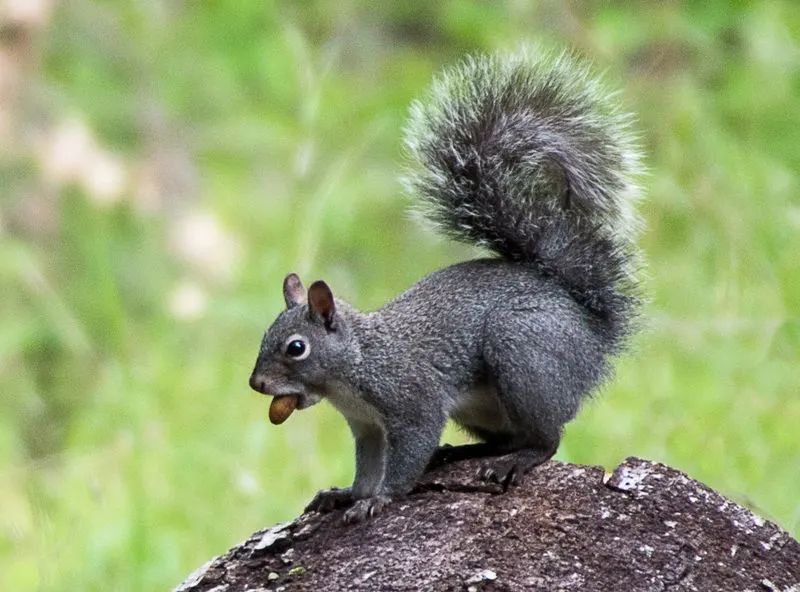
Wildlife interactions enrich gardens, promoting ecological balance. On the East Coast, gardens attract pollinators like butterflies and bees, essential for crop production. Creating habitats, like birdhouses, encourages biodiversity.
The West Coast sees unique visitors, such as hummingbirds and lizards, drawn to native plants. Designing gardens to support these creatures fosters a thriving ecosystem.
By considering the wildlife in your area and providing suitable habitats, gardens can become vibrant havens, enhancing biodiversity and natural beauty.
Invasive Species
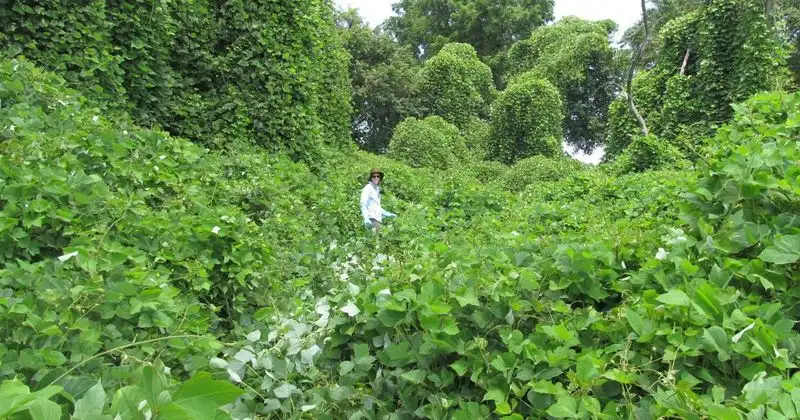
Invasive species pose significant threats to gardens, outcompeting native flora. The East Coast battles aggressive plants like kudzu, requiring constant management to prevent overgrowth.
West Coast gardens face challenges from species like yellow starthistle, impacting ecosystem balance. Regular monitoring and removal efforts are necessary to protect garden health.
Recognizing and managing invasive species helps maintain garden integrity, ensuring native plants thrive and ecosystems remain balanced.

